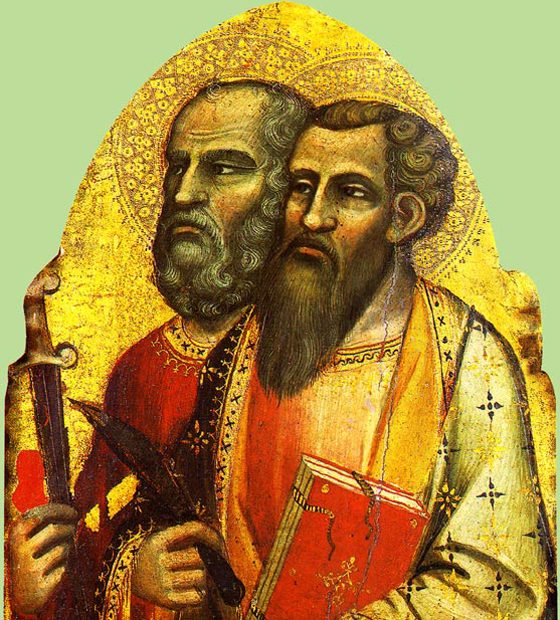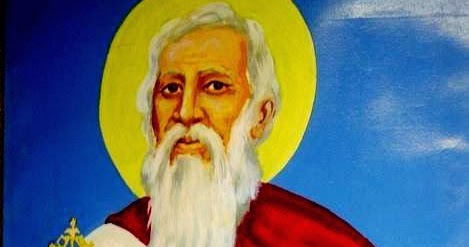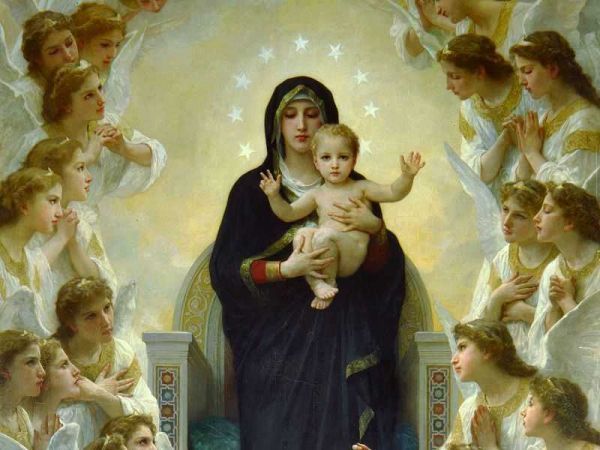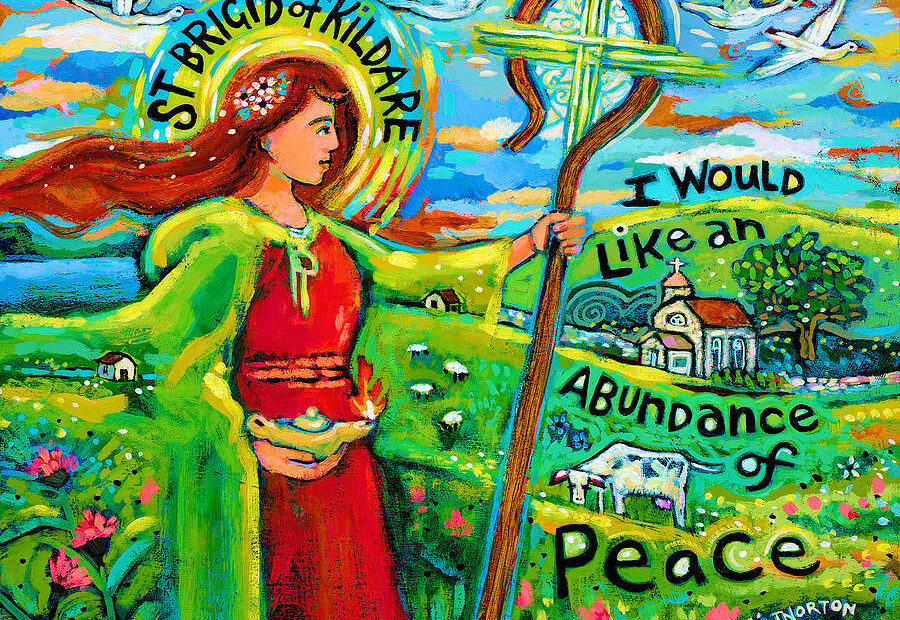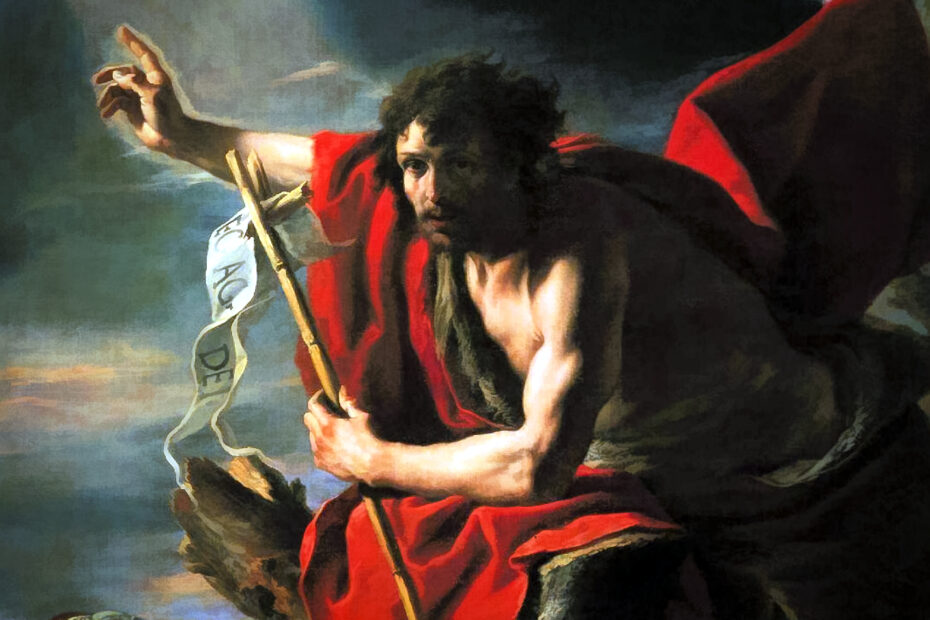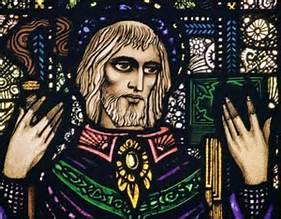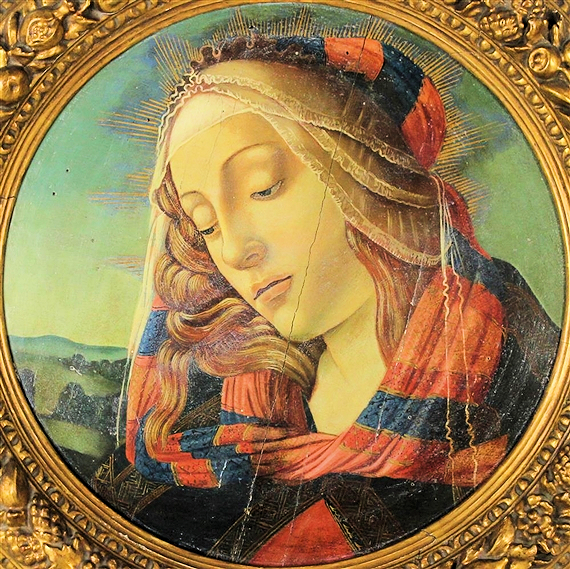Bl. Peter Vigne, a French priest, was beatified on October 3, 2004 by Pope John Paul II and proposed to the universal Church as an example of a tireless missionary and apostle of the Most Holy Sacrament.
According to the 1962 Missal of St. John XXIII the Extraordinary Form of the Roman Rite, today is the feast of St. Elizabeth of Portugal. Her optional memorial in the Ordinary Form of the Roman Rite is celebrated on July 5.
Sts. Priscilla and Aquila a Jewish couple from Rome who had been exiled to Corinth, were friends of St. Paul in the first century and mentioned in the Acts of the Apostles. They hosted St. Paul on his visit to that city and were probably converted by him. Their names are listed in the Roman Martyrology.
Historically today is the feast of St. Edgar the peacemaker, king of England in 975.
“For all these the final day of their lives, the day on which they completed their earthly service is honored. But for John the day of his birth, the day on which he began this mortal life is likewise sacred. The reason for this is, of course, that the Lord willed to announce to men His own coming through the Baptist, lest if He appeared suddenly, they would fail to recognize Him. John represented the Old Covenant and the Law. Therefore he preceded the Redeemer, even as the Law preceded and heralded the new dispensation of grace.”
